Machine translation in hindsight
The paper expands on the analysis of key projects adoring the machine translation (MT) hall of fame and their role in addressing practical tasks. The most successful initiatives suggest that the fledgling MT was contingent on the level of entropy, a.k.a. random nature of natural languages: the lower the indicator, the higher the predictability of the text, and by implication the efficiency of the system. It accounts for the success of the first Georgetown-IBM experiment and Canada’s METEO-1. The letter grew into a full-fledged system that for almost a quarter of the 20th century, provided English-French-English translations of weather bulletins, boasting high language predictability. Although, in between them the 1964 ALPAC report sowed a seed of doubt of the MT validity, it never aimed at killing the research area at all. On the contrary, it highlighted technics and applications, where the technology had demonstrated promising results, including raw MT, post-edited MT, and M-AT. The authors note a cyclic nature of the development of MT-powered methods and technologies. Today’s combination of resources and the way they are used are different very little from those employed in the past century. What makes them stand apart is the maturity of MT technologies, which made it through rule-based, direct, corpus-based, and knowledge-based translation to SMT and eventually to NMT. It has been established that the improved performance comes at a cost of more elaborate and larger data sets, tagged, marked up and annotated for automated use in language models. Taking advantage of these as well as artificial intelligence (AI), the authors venture into modeling basic text processing scenarios in a bilingual environment. This results in recommendations as to future paths for the improvement of MT technologies in the hands of professional translators by fine-tuning language models individually and pursuing post-editing (PEMT) and pre-editing practices paving the way for more complex transformations and lower equivalence levels.
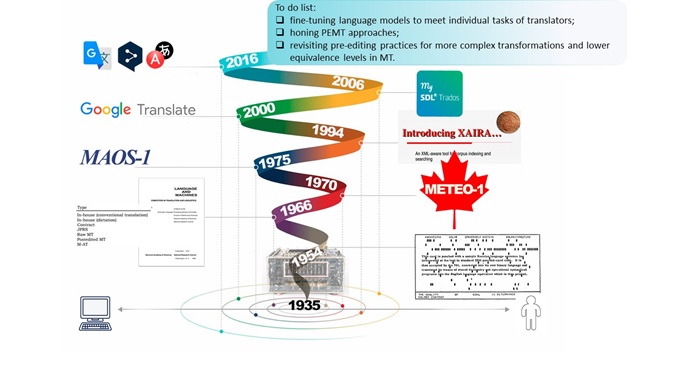
Figures
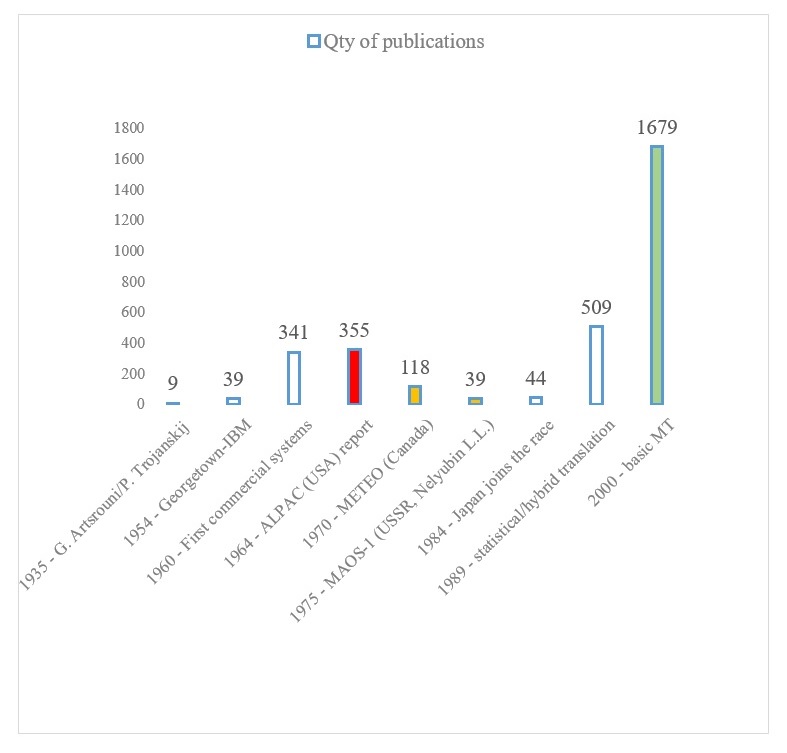
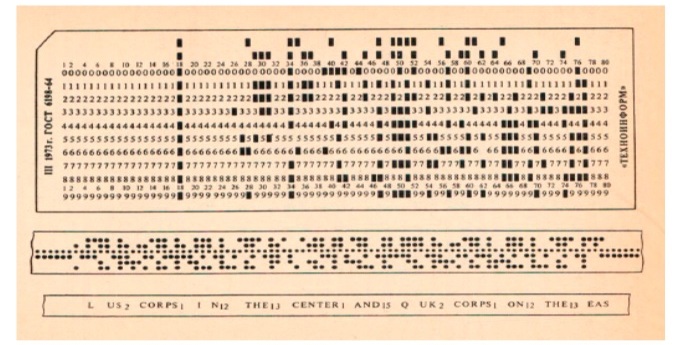
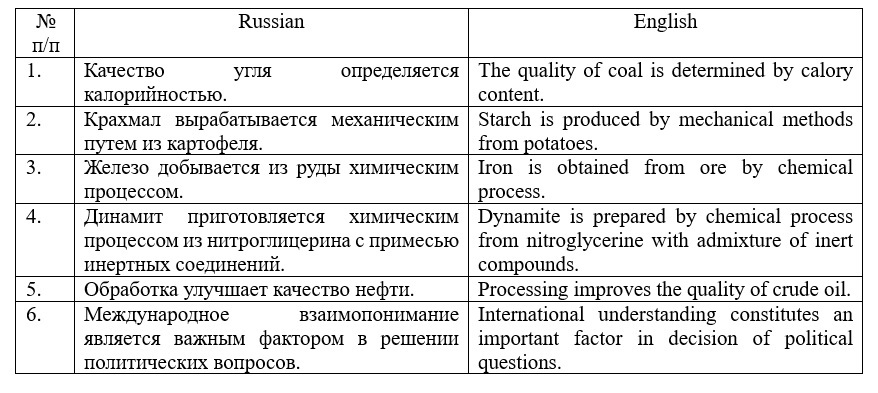
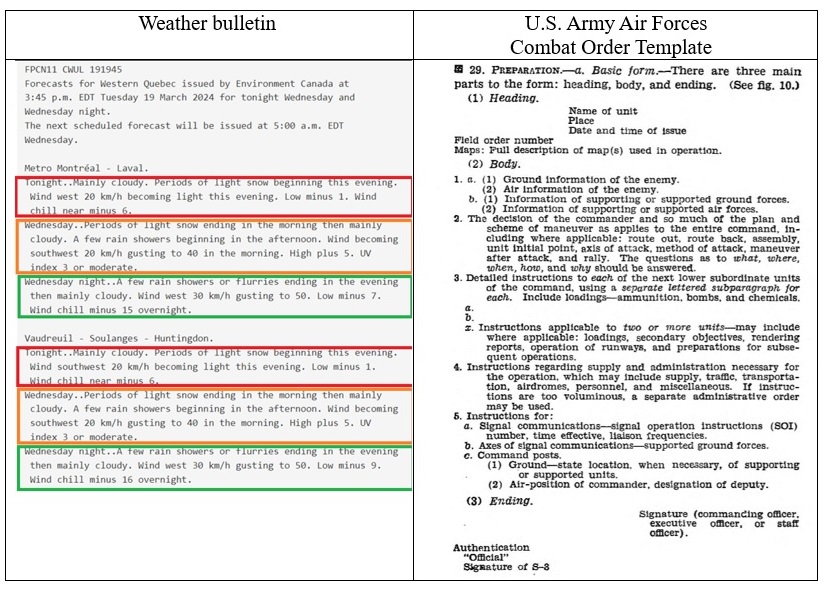

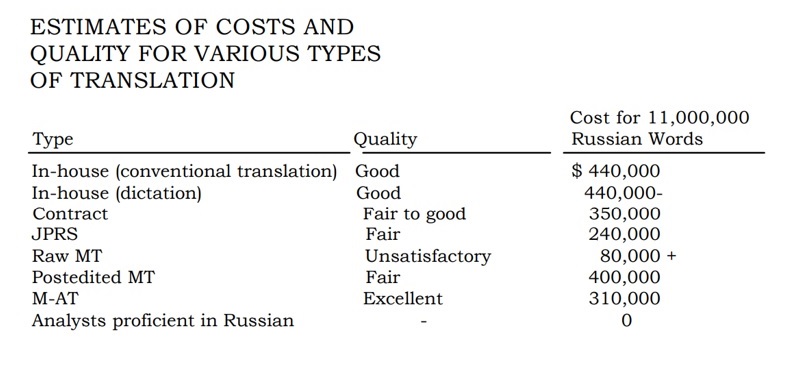
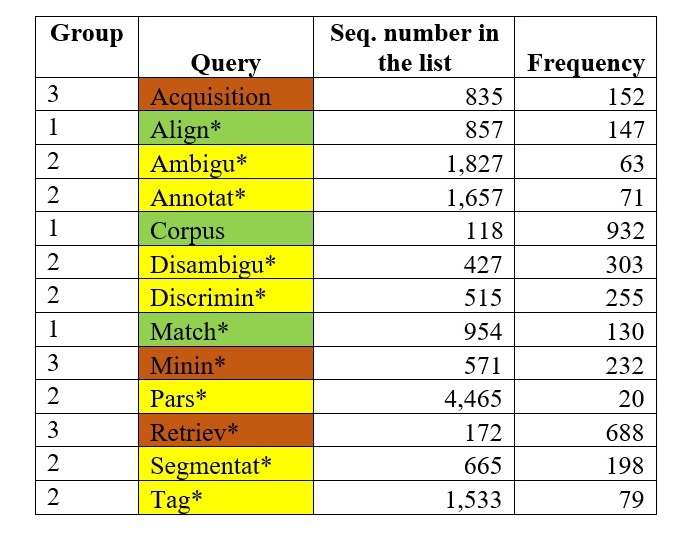
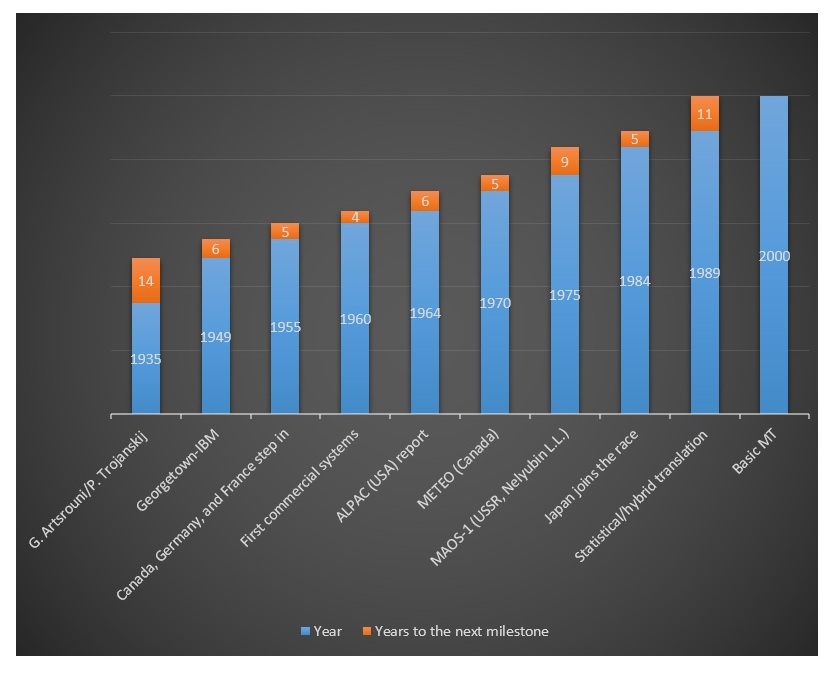
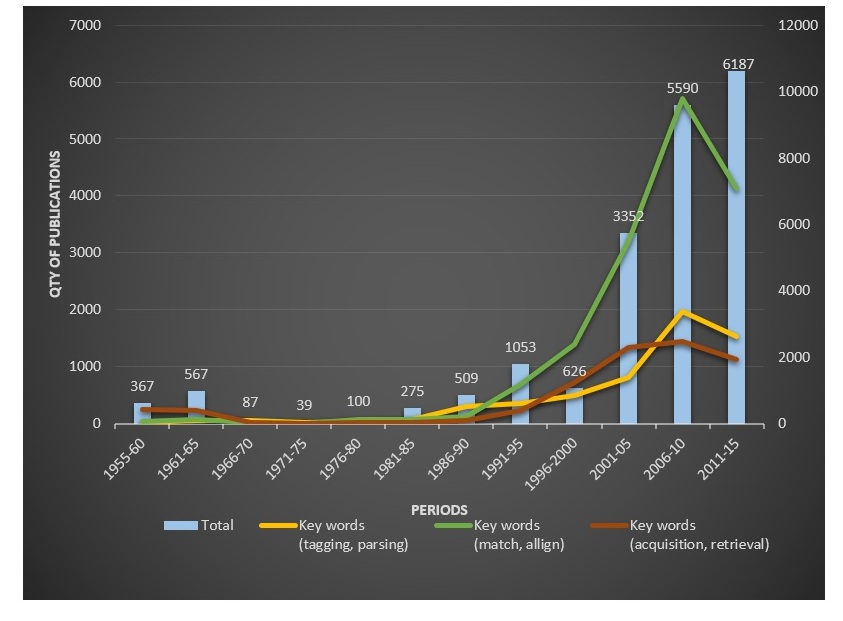



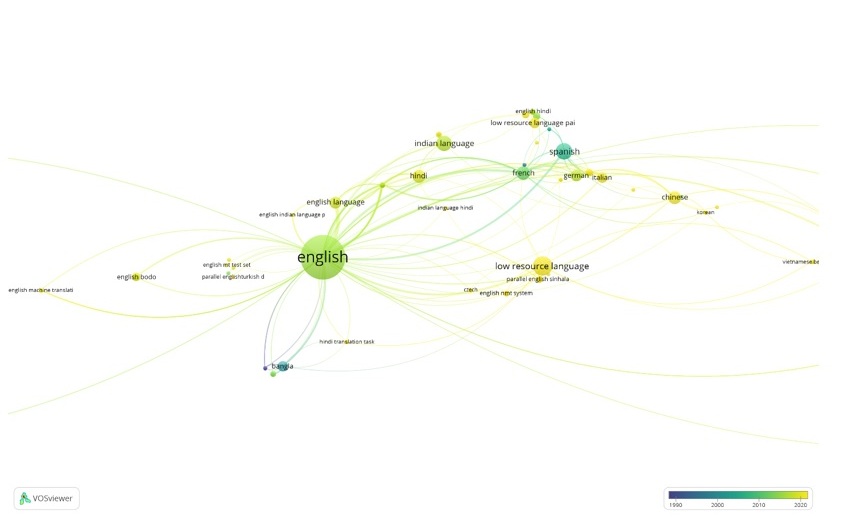

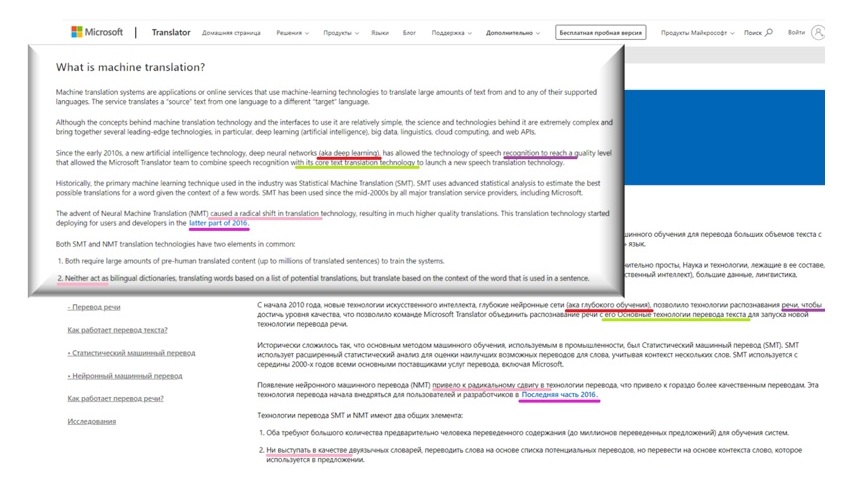
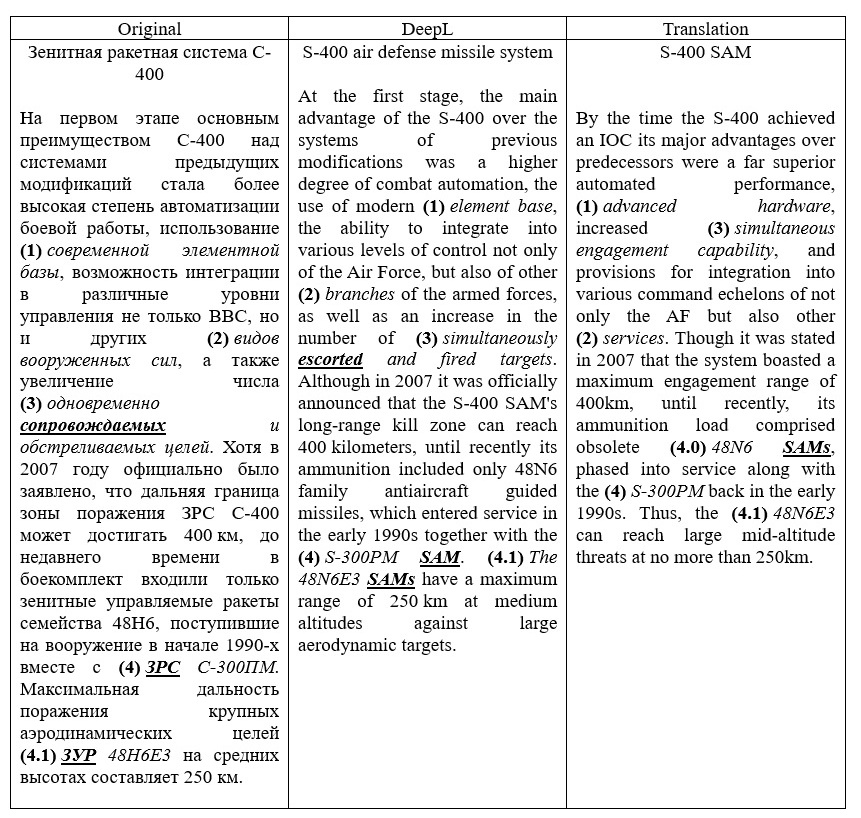
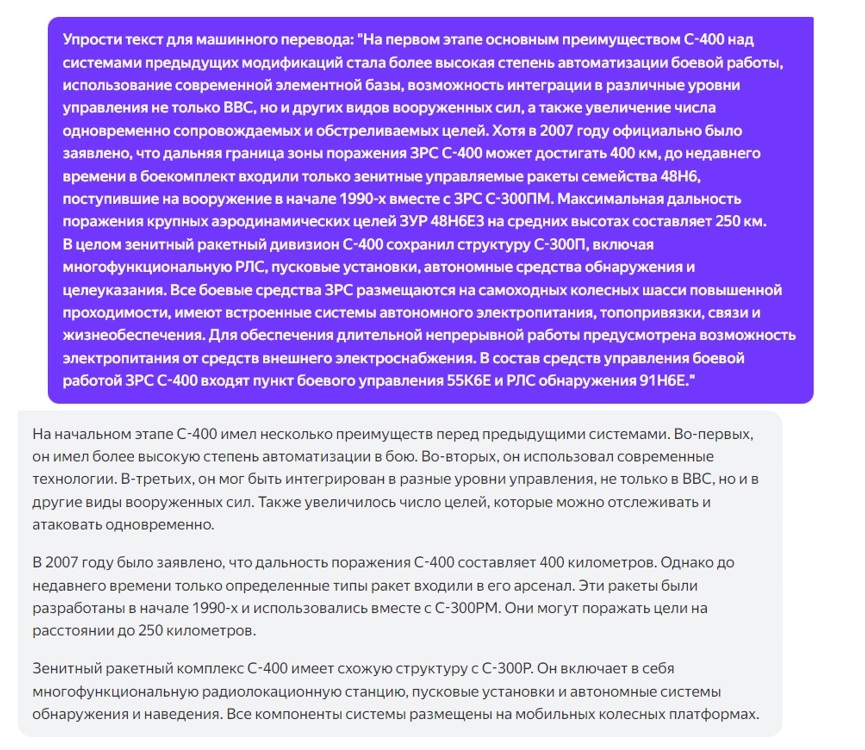
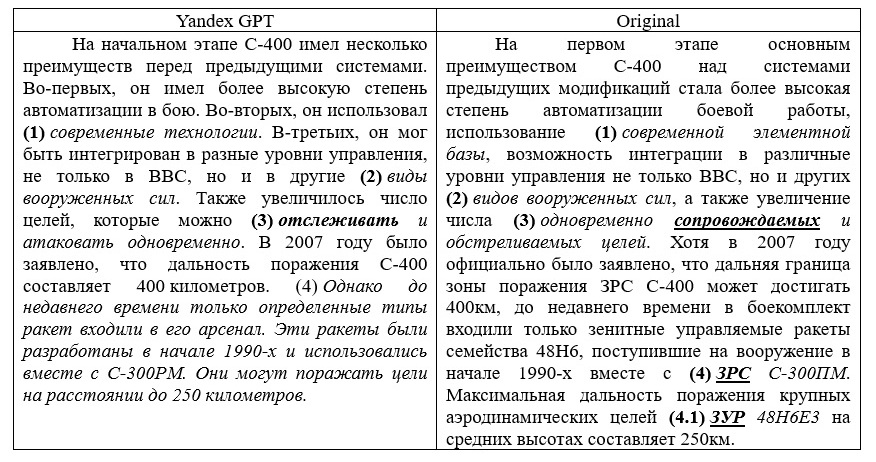
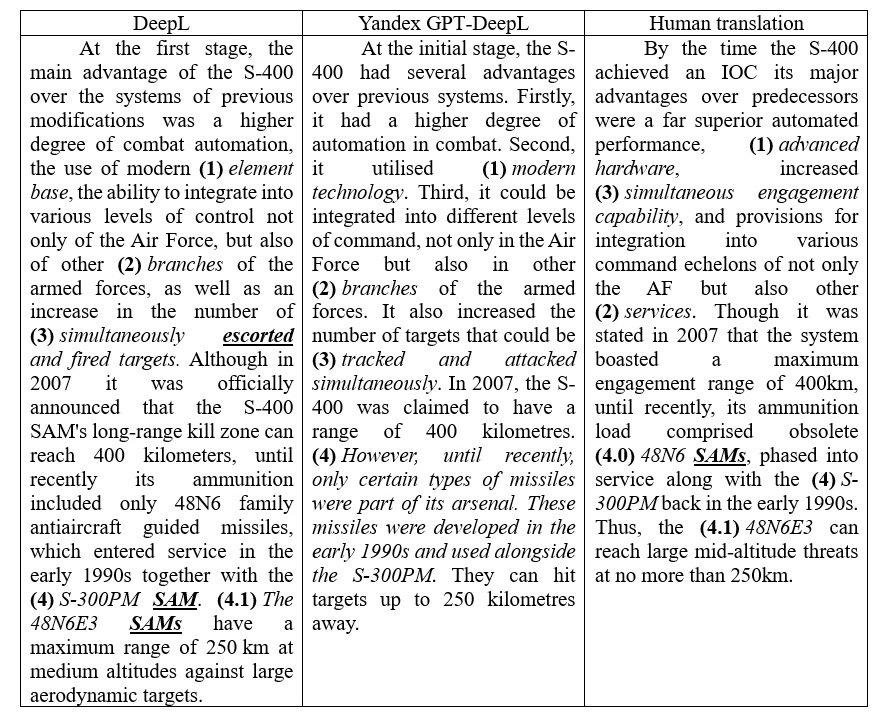
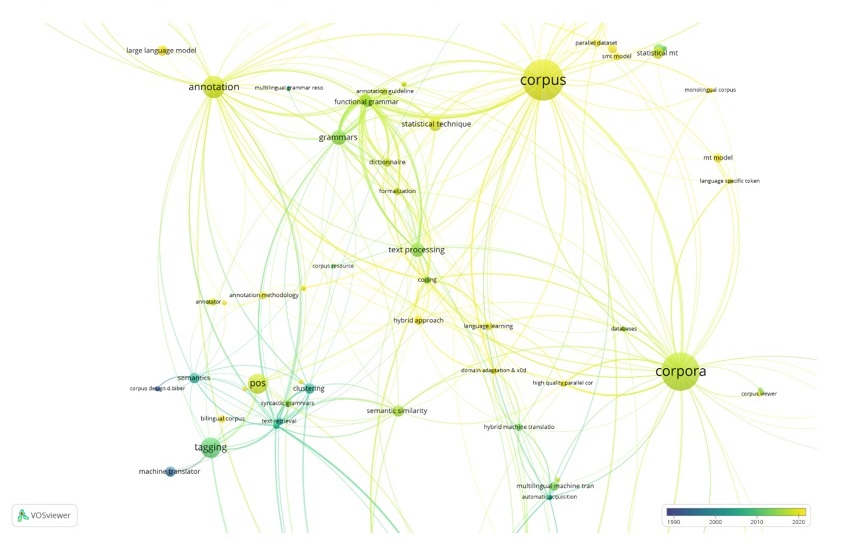
Dyomochkina, V. V., Gruzdev, D. Yu. and Lukyanova, E. V. (2024) Machine translation in hindsight, Research Result. Theoretical and Applied Linguistics, 10 (2), 21-45. DOI: 10.18413/2313-8912-2024-10-2-0-2


















While nobody left any comments to this publication.
You can be first.
Bharati, A., Chaitanya, V., Kulkarni, A. and Sangal, R. (2003). Anusaaraka: Machine Translation in Stages, ArXiv, cs.CL/0306130. (In English)
Brown, P. F., Della Pietra, S. A., Della Pietra, V. J. and Mercer, R. L. (1993). The Mathematics of Statistical Machine Translation: Parameter Estimation, Computational Linguistics, 19 (2), 263–311. (In English)
Costa-jussa, M., Escolano, C. and Fonollosa, J. (2017). Byte-based Neural Machine Translation, Proceedings of the First Workshop on Subword and Character Level Models in NLP, 154-158. DOI: 10.18653/v1/W17-4123 (In English)
Daems, J., Vandepitte, S., Hartsuiker, R. and Macken, L. (2017). Translation Methods and Experience: A Comparative Analysis of Human Translation and Post-editing with Students and Professional Translators, META, 62 (2), 245–270. https://doi.org/10.7202/1041023ar (In English)
Fumani, F. Q. and Reza, M. (2007). Ambiguity in Machine Translation, Ketabdari Va Etella'resaani, 9, 21-38. (In English)
Gashaw, I. and Shashirekha, H. L. (2019). Amharic-Arabic Neural Machine Translation, Computer Science & Information Technology (CS & IT), 55-68. https://doi.org/10.5121/csit.2019.91606(In English)
Gruzdev, D. Yu. and Kodzhebash, D. O. (2023). POS-powered queries for neat and lean concordances in ad-hoc corpora analysis, Teoreticheskaya i prikladnaya lingvistika [Theoretical and Applied Linguistics], 9 (4), 35‒48. https://doi.org/10.22250/24107190_2023_9_4_35(In English)
Hurskainen, A. (2018). Can machine translation assist in Bible translation?, SALAMA – Swahili Language Manager: Technical reports on LT, 62, Helsinki. (In English)
Hutchins, J. (2004a). Two precursors of machine translation: Artsrouni and Trojanskij, International Journal of Translation, 16 (1), 11-31. (In English)
Hutchins, J. (2004b). The first public demonstration of machine translation: the Georgetown-IBM system, 7th January 1954. (In English)
Volkart, L. and Bouillon, P. (2022). Studying Post-Editese in a Professional Context: A Pilot Study, Proceedings of the 23rd Annual Conference of the European Association for Machine Translation, Ghent, Belgium. European Association for Machine Translation, 71–79 (In English)
López, V. F., Corchado, J. M., De Paz, J. F., Rodríguez, S. and Bajo, J. (2010). A SomAgent statistical machine translation, Applied Soft Computing, 11 (2). https://doi.org/10.1016/j.asoc.2010.08.018(In English)
Nelyubin, L. L. (1975). Informacionno-statisticheskie i inzhenerno-lingvisticheskie osobennosti yazyka i teksta v usloviyah speckommunikacii [Information-statistical and engineering-linguistic features of language and text in conditions of special communication], D. Sc. Thesis, Applied linguistics, Leningrad. (In Russian)
Nelyubin, L. L. (1983). Translation and applied linguistics, Vysshaya Shkola Publishers, Moscow, USSR. (In Russian)
Névéol A., Dogan R. and lu Zh. (2010). Semi-automatic semantic annotation of PubMed queries: A study on quality, efficiency, satisfaction, Journal of biomedical informatics, 44. 310-8. DOI: 10.1016/j.jbi.2010.11.001. (In English)
Nirenburg, S. (ed.) (1993). Progress in machine translation, IOS Press, Amsterdam, Netherlands. (In English)
O'Brien, S. Balling, L. W., Carl, M., Simard, M. and Specia, L. (eds.) (2014). Post-editing of Machine Translation: Processes and Applications, Cambridge Scholars Publishing. (In English)
Oladosu, J., Esan, A., Adeyanju, I., Adegoke, B., Olaniyan, O. and Omodunbi, B. (2016). Approaches to Machine Translation: A Review, FUOYE Journal of Engineering and Technology, 1 (1), 120–126. https://doi.org/10.46792/fuoyejet.v1i1.26(In English)
Ornstein, J. (1955). Mechanical Translation: New Challenge to Communication, Science, 22 (3173), 745-748. DOI: 10.1126/science.122.3173.745 (In English)
Quach, K. (2016). Google's neural network learns to translate languages it hasn't been trained on: First time machine translation has used true transfer learning, The Register, available at: https://www.theregister.com/2016/11/17/googles_neural_net_translates_languages_not_trained_on/ (Accessed 10 June 2024). (In English)
Quintana, R. C. and Castilho, S. (2022). A review of the Integration of Machine Translation in CAT tools, Proceedings of the International Conference “New Trends in Translation and Technology NeTT 2022”, Rhodes Island, Greece, 214–221 (In English)
Tripathi, S. and Kansal, V. (2020). Machine Translation Evaluation: Unveiling the Role of Dense Sentence Vector Embedding for Morphologically Rich Language, International Journal of Pattern Recognition and Artificial Intelligence, 34 (1), 2059001. https://doi.org/10.1142/S0218001420590016(In English)
Schuster, M., Johnson, M. and Thorat, N. (2016). Zero-Shot Translation with Google’s Multilingual Neural Machine Translation System, AI Blog, available at: https://ai.googleblog.com/2016/11/zero-shot-translation-with-googles.html (Accessed 10 June 2024). (In English)
Schuster M. Zero-Shot Translation with Google’s Multilingual Neural Machine
Suxia Lei and You Li. (2023). English Machine translation System Based on Neural Network Algorithm, Procedia Computer Science, 228, 409-420. https://doi.org/10.1016/j.procs.2023.11.047(In English)
Tomasello, L. (2020). Neural Machine Translation and Artificial Intelligence: What Is Left for the Human Translator?, Master’s degree theses, University of Padua, Italy. (In English)
Weaver, W. (1949). The Mathematics of Communication, Scientific American, 181 (1), 11-15. (In English)